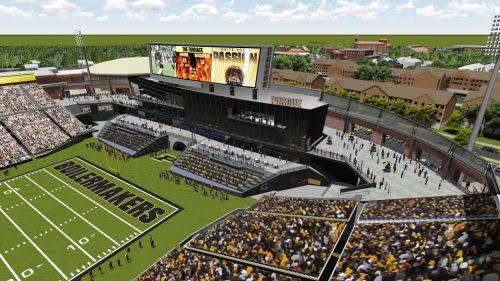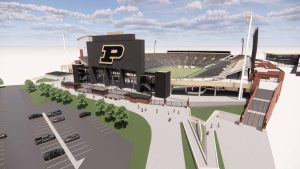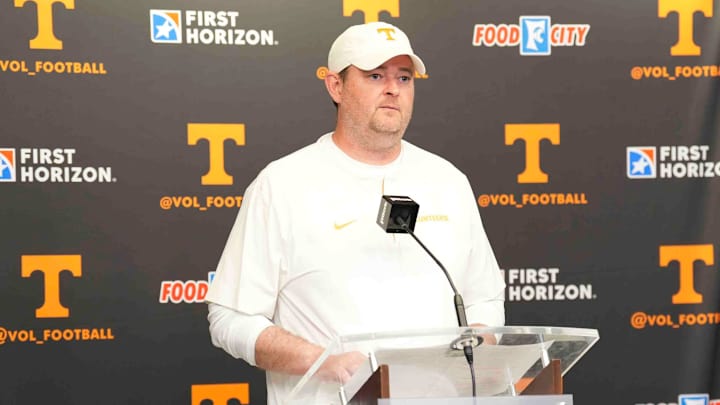
Purdue University has unveiled an ambitious $900 million modernization plan for Ross–Ade Stadium, aiming to transform it into a state-of-the-art facility that enhances both the fan experience and the performance capabilities of the Boilermakers football program. This bold initiative, described as a “mouth-watering development,” marks a significant investment in the future of Purdue athletics.
A Vision for the Future
The renovation plan is structured in multiple phases, with the first phase already underway. This initial phase focuses on enhancing the south end zone, expanding seating capacity, and improving amenities for fans and student-athletes alike. Key features include:
- South End Zone Expansion: Adding approximately 4,500 seats, bringing the total stadium capacity to 61,441. This expansion includes safe standing areas, rail seating, and dedicated sections for students and the “All-American” Marching Band.
- Tiller Tunnel: A new tunnel connecting the Kozuch Football Performance Complex to the field, named in honor of legendary coach Joe Tiller. This feature enhances player safety and game-day atmosphere.
- Student-Athlete Dining Facility: A 150-person capacity nutrition center with a full production kitchen and indoor/outdoor seating, located across from the practice facility.
These upgrades are designed to create a more immersive and engaging environment for fans, while also providing student-athletes with the resources they need to succeed.
Strategic Planning and Community Engagement
The renovation plan is the result of extensive planning and community engagement. Purdue Athletics conducted a fan-centric, data-driven study to inform the design process, gathering feedback on aspects such as entry and egress, concessions, and entertainment options. This approach ensures that the modernization aligns with the needs and desires of the Boilermaker community.
Long-Term Impact
The $900 million investment underscores Purdue’s commitment to elevating its athletics program to national prominence. While the first phase is already in progress, subsequent phases will continue to build upon this foundation, with plans for further enhancements to facilities and amenities. The renovation is expected to have a broad impact, benefiting not only the football program but also the university and the surrounding community.
In conclusion, Purdue University’s $900 million stadium modernization plan is a transformative project that reflects a bold vision for the future of Boilermaker football. By investing in state-of-the-art facilities and engaging the community in the planning process, Purdue is setting the stage for a new era of success and excitement in college athletics.




